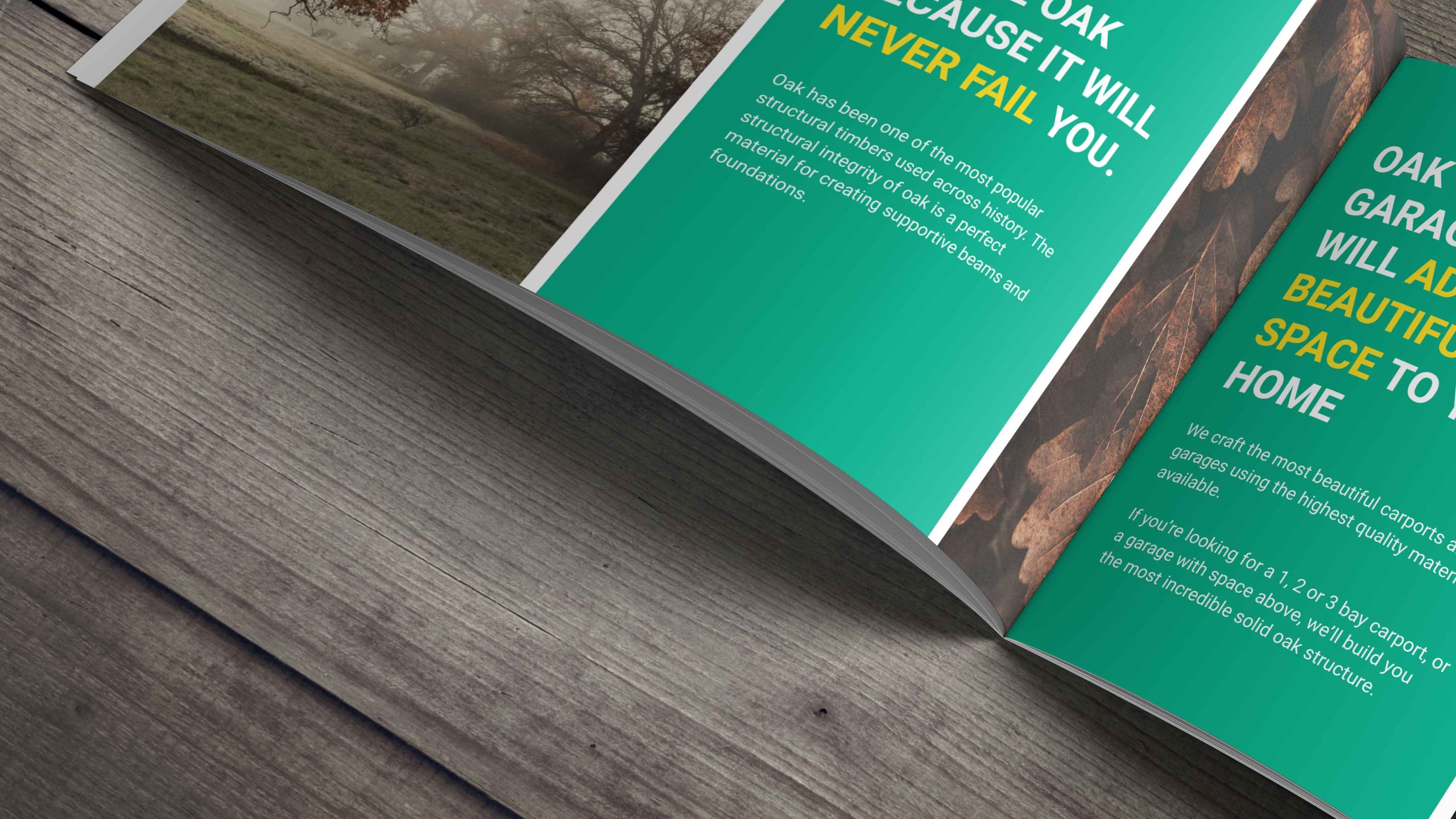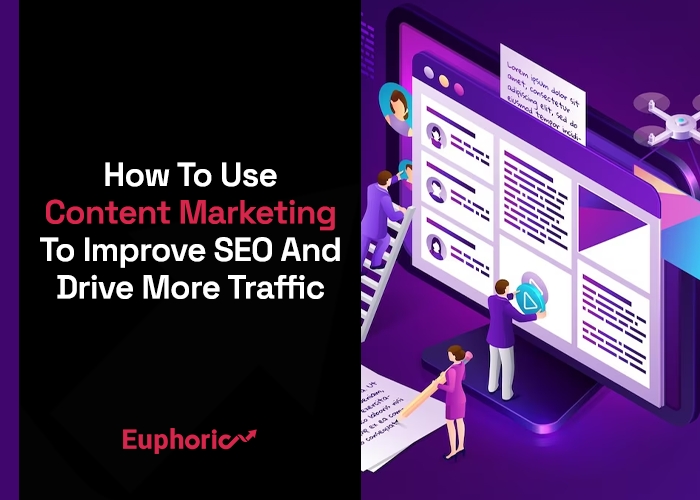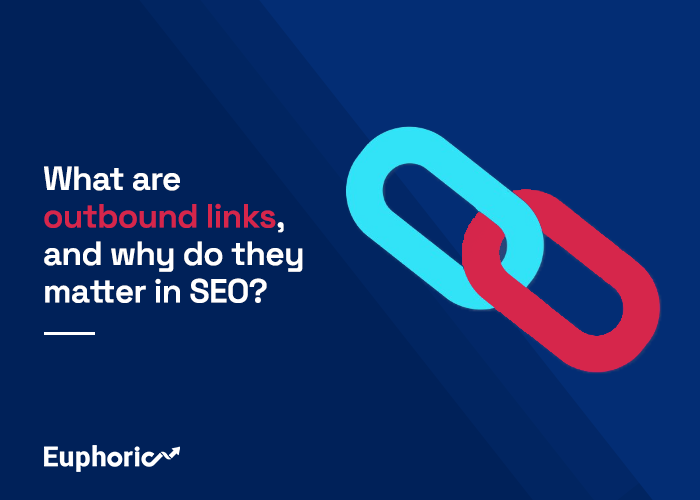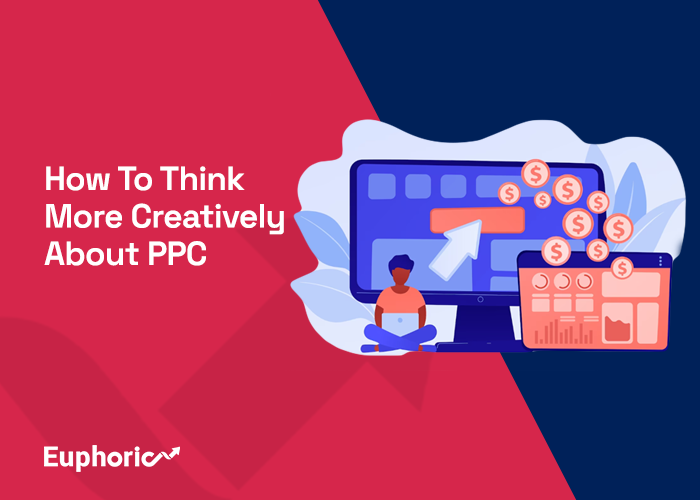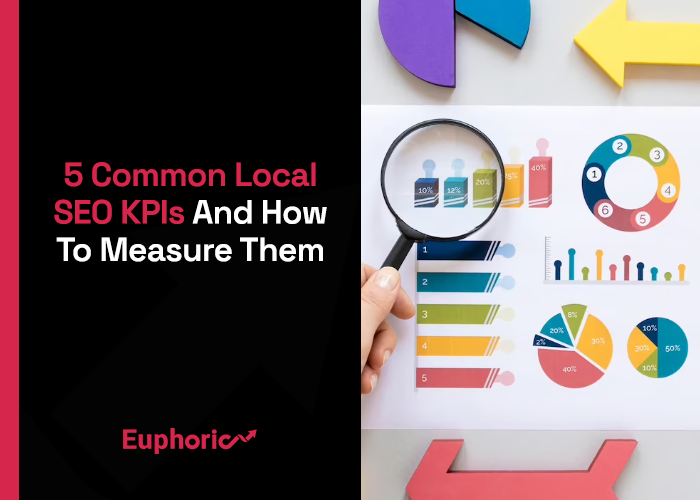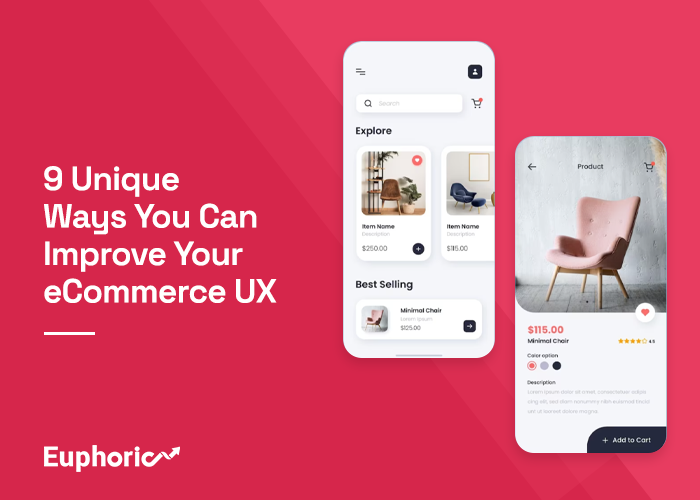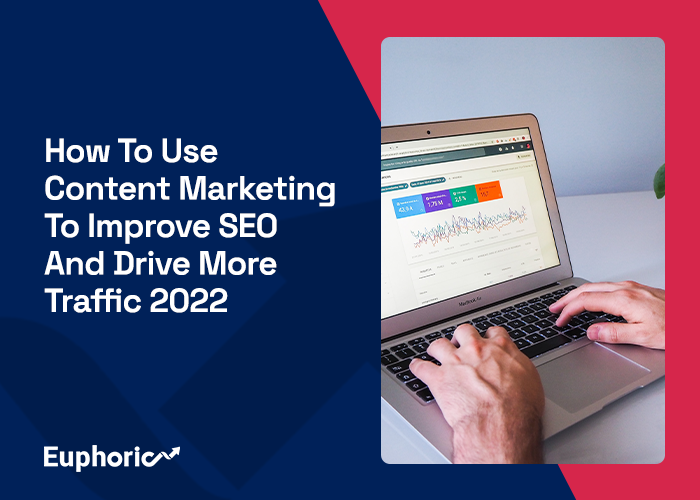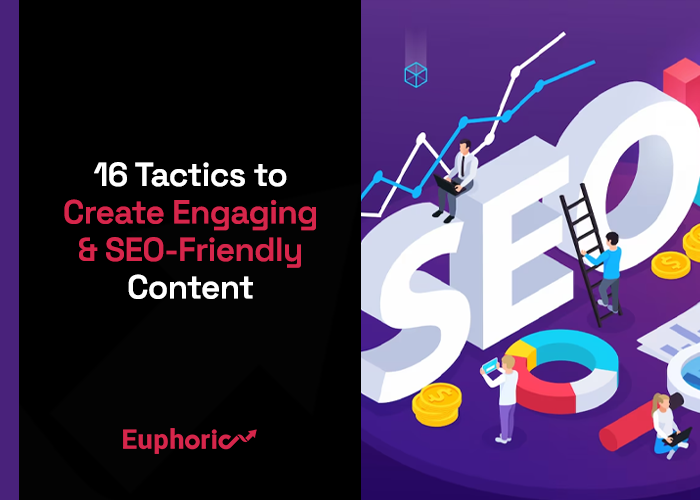How To Use Content Marketing To Improve SEO And Drive More Traffic 2022
A high conversion rate is key to the success of your website, and if you’re focusing on content marketing, you need to get user intent right.
When your content aligns with user intent, you’ll get more clicks from the search engines and social platforms, people will stay longer on your page, and fewer people will leave.
Over time, and with an ongoing strategy, you can make your content rank with less effort. That’s important given how much time and effort it takes to create content and then make it rank.
There are four different forms of search intent.
Understanding search intent is critical to getting those clicks and keeping the visitor’s interest on the page.
You’ll also need to consider what you want people to do once they are on your page.
The search intent should help you choose the best approach.
Every form of search intent has a good chance of leading to conversion, of which there are two points:
- You get the user to click on your link when it shows up in the results, also known as the click-through.
- You get the user to click on a CTA button or take some other action once they’ve landed on the page, also known as a conversion.
1. Informational
Informational search intent relates to when the user is searching for information.
Information searches are often posed as questions. Examples of informational searches include “how do I work out the volume of a cube?”
However, on the other hand, informational searches are not solely question-oriented. They could also take the form of descriptive phrases, such as” the five senses of the human body.”
With informational searches, you generally want to do two things:
- Provide that brief answer if someone is looking for this.
- Provide a more in-depth explanation for people who want more information.
As long as the user seeks information, their corresponding search intent can be classed as informational.
2. Navigational
If you want to find specific website content, you’re likely to conduct a navigational search.
People often turn to Google to do a navigational search because it is much quicker than searching for the website.
Navigational searches work best for a site with a clear structure and nothing too complicated.
Google presents information to the searcher to navigate to the appropriate page.
3. Transactional
Transactional searches are done when people are looking to make a purchase. Therefore, you want to be ranking at the top of the page for transactional search terms relevant to your business.
Transactional searches have two distinct conversion points; You have the CTR to your page and the conversion from a viewer to a buyer.
The types of search terms that users will try for transactional search intent could be something along the lines of “iPhone 13 mini refurbished” or “shop toys for age 5.”
You will need to experiment with your meta headline and description to maximise your CTR from the search results to your site.
You also need to provide a streamlined online checkout process to generate those sales.
4. Commercial
Commercial searches are done before a user purchases a product, and they often cast the net wide due to their generic status.
With a commercial search, users don’t target a specific brand. Instead, they conduct wide-ranging research into the product, how it works, how others have found their product/service, how it would benefit them, and if it solves a need.
Many commercial searches lead to round-up blog posts or similar types of content.
Help each user answer their question by providing detailed content on your website related to their query, alongside the top of the funnel content.

Image Source: moss.co.uk
As long as your on-site content is written well and provides meaningful insights to the user, you should see a significant upturn in your conversion rates and click rates.
How to make your content search intent friendly
Now that you know the four different types of search intent, it’s time to look at how to make your content compatible while using them all.
Examine the content for rating purposes
Before creating or optimising your content, you need to review the competition. A little competition goes a long way.
It’s easy to review SERP results. First, go into incognito or private mode in your browser, search for “local results search checker,” and then choose one of the tools that come up. Next, type in your specifics and examine the results.
It would be a good idea to do a detailed review of the ranking pieces of content. A Google Chrome extension such as Detailed is excellent for reviewing headings on a page.
Your goal is to understand what users are looking for by reviewing what people are shown.
You need to create content that aligns with what is delivered to users.
Then use a content calendar to schedule your content to be sent out.
Also, check how the results are being displayed. Is there a preview? Does the featured preview adequately answer the user’s needs?
Google creates featured previews using existing content. Content that answers questions will often get turned into previews, which means that you also need to know the questions that your target audience asks.
You also need to add relevant H2 and H3 tags to your content as Google uses them to create list previews.
Examine the results of related searches
As you review the search results, look for the PAA (People Also Ask) box, which generally appears below the top search result.
It gives similar questions to the one you asked and other queries that other users type in.
For example, a question is asked “how to make cheese” into Google. The PAA box lists related search queries – you can even click on each of these to reveal more.
Each search has a website hidden behind its inverted caret, giving you an idea of the sort of website content you need to be producing to be ranking highly on Google to answer such a user query.
Ideally, the content you deliver to users should address the related terms.
Creating such content will make it more likely to address the user’s search intent, which means your content can rank higher and faster.

Image source:PPC Hero
Look at what the website does well, and consider doing the same for your site. There is no harm in trying, especially as it will help your content rank higher.
Produce optimised content
Now that you’ve learned the various steps necessary, dangers to watch out for, and the best examples to follow, you are now ready to produce your optimised SEO content.
Plan out an article outline that will answer the user’s search intent. It will also help to base this on a review of content already ranking highly on search engines.
Some SEO tools on the web can help you create content that fits search intent.
Surfer SEO is one example – it uses Google Natural Processing API to sift over search results and give you access to a list of the most important keywords.

Image Source: Surfer
Tools such as Surfer SEO give you the keys to optimised content. They help you understand search intent by pinpointing what terms you should include in your headings and text.
Other tools can also give you an idea of how much it costs to rank higher for the chosen keywords.
Seobility has an excellent free tool that does just this, called How Much to Rank.
Optimise Your Metadata
Your metadata is the short section of information about your website that appears in search results.
Metadata includes the meta title and the short meta description. It aims to give browsers a concise summary of the website’s content.
To optimise your metadata and help you gain high conversion rates, you need to ensure that your meta title is full of high-ranking keywords.
A tool such as Google Keyword Planner can help you find such keywords.
Your meta description must also be relevant to what your page content is about. If it’s irrelevant or deliberately misleading, Google will penalise your website. Misleading descriptions will directly harm your ranking, traffic, and conversion rates.
Review the Results
Now that you’ve optimised your website, it’s time to review the results of your work.
Your main aim is to achieve greater visibility on SERPs (Search Engine Results Pages) – the higher your result in the SERP, the higher your click-through rates will be.
It would help track your search position against your click-through rates, as the two have a direct relationship.
According to Linkgraph, websites that show up first on SERPs are ten times more likely to get clicks.
It might be time to look at the content if your site doesn’t get a noticeable bump in its CTR despite ranking high in the search results.
A ‘CTR by rank position chart’ is a very effective way of tracking and reviewing your results concerning your position when compared to your CTR.
You should also measure other statistics, such as users’ time spent on your page.
This metric will indicate how engaging and valuable your website content is to users – the value of your content also has a significant impact on your conversion rates.
Google Analytics has an excellent “average time spent on page” metric that you can use to measure this.
Wrapping up
Search intent is crucial to SEO and ensuring high conversion rates. In addition, the average consumer uses the internet before making purchases.
Therefore, mastering SEO is essential to any business’s digital transformation.
Your content must correlate with search intent to keep climbing Google mountain and maintaining your spot at the top.
This article should have given you an outline of the different types of search intent before taking you through the next necessary steps to take action.
Optimising your content for search intent is not easy, but we hope that you’re now armed with the proper ammunition to push forward with your plan.
Are you ready to smash it online?
Euphoric is a specialist digital marketing agency based in West Sussex.
We have a reputation as an agency that consistently delivers high rankings and sustainable results with our SEO marketing strategies.
We would love to chat if you would like to discuss how Euphoric can help you with your SEO strategies.











